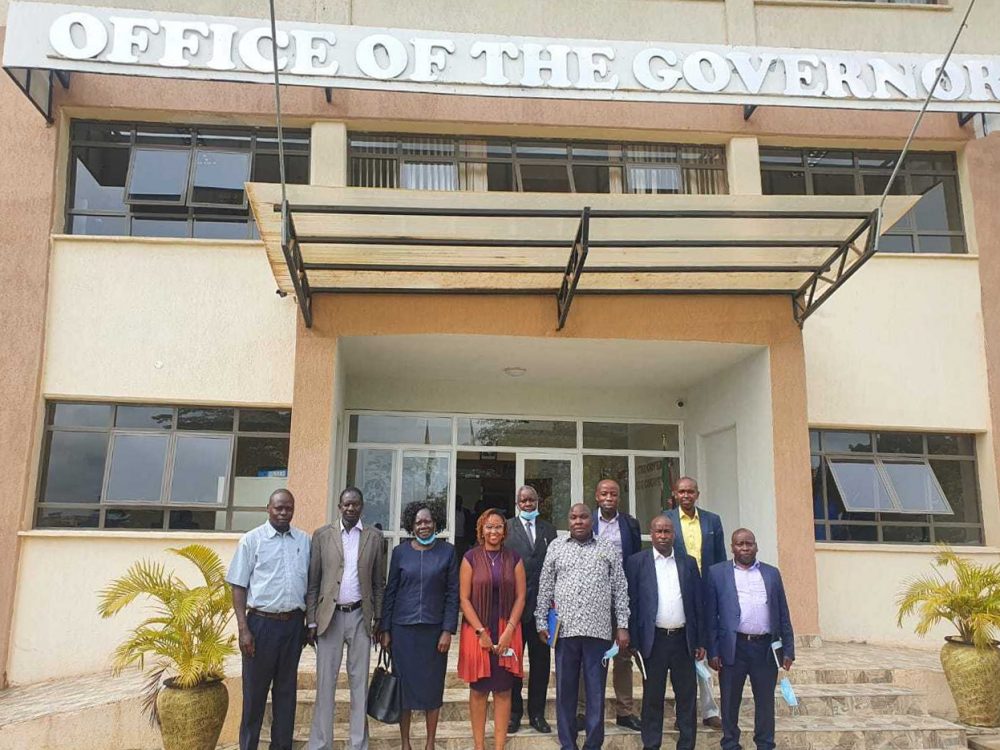Remittances – What’s Next?
Why do remittances matter?
ODA has modestly increased over the past few decades; however, since the late 1990s officially recorded remittance flows have outpaced assistance – in 2013, by more than 300%. Remittances are sent by individuals, not governments, and often travel through money transfer companies such as Western Union and MoneyGram.
According to World Bank estimates, remittances are expected to total US $435 billion in 2014. With an average worldwide cost of sending remittances hovering around 8%, remittance processing is a nearly US $35 billion industry.
What do remittances have to do with poverty?
According to IMF researchers, remittances are counter-cyclical – increasing during an economic downturn or natural disaster in the recipient country. Even when both sending and receiving countries experience economic downturns, remittances still increase. Unlike ODA, which continues to stagnate, remittances are a resilient financial resource.
Even more good news? Remittances work! As primarily personal transactions, from migrants to friends and family, remittances tend to be well-targeted to recipients’ needs. Some studies have even shown remittances directly reducing the poverty ratio in low-income countries such as Bangladesh, Ghana, and Uganda.
Now for bad news: The poor are still getting short shrift. In 2009, the G-8 pledged to cut remittance costs by 5% over the next 5 years. As of the third quarter of 2014, worldwide costs hovered at 7.9%; regionally, South Asian and LAC transfers cost about 6%, while Sub-Saharan African costs more than 11%.
While these figures may seem like small potatoes, consider this: for an African sent US $100, that’s $11 immediately gone to pay fees.
How can we change the numbers?
Use technology. Better access to information empowers remittance senders and receivers to maximize effectiveness and minimize costs. Together with the World Bank, Development Gateway created a customizable platform for tracking and comparing remittance prices. Currently deployed as Remittance Prices Worldwide, Send Money Africa, and Mondasoldiacasa, this platform allows individuals to compare costs and timeframes for transfer firms and calculates the total amount that the recipient would receive based on various starting amounts.
Raise awareness. The World Bank, through Project Greenback 2.0, has launched a grassroots campaign amongst migrant communities around the world to raise awareness about the difference in cost and speed between transfer firms, encouraging comparison and cooperation between migrants, remittance service providers, and public authorities.
Press governments to walk the talk. Many governments have embraced the G8 call to lower remittance costs. India – the world’s largest recipient of remittances – recently called on G20 leaders to take steps to make the “5×5” goal a reality. Unfortunately, this public stand of support comes on the heels of a government-imposed service charge of over 12% on commissions collected from expat money transfers. Currently charged to transfer agents, these institutions could easily pass on the tax to consumers. At the very least, this move calls into question the long-term dedication of policymakers to enacting domestic legislation in line with global goals.
Keep innovating. Open data portals, awareness campaigns, and public pressure are three key tactics in lowering the cost of remittances around the world – but we shouldn’t stop there. While the time for “5×5” has passed, we shouldn’t lose sight of our goal: building a better world – in this case – through providing access to a lifeline for the world’s poorest.
Share This Post
Related from our library

Challenging Pessimists—and Optimists—to Reimagine Data and Power
Josh Powell and Jenna Slotin reflect on the Data Values Project and building a movement for change in data for development.

Scaling Open Contracting in Kenya
Elgeyo Marakwet County in Kenya recently launched their own Open Contracting Portal at the end of April. DG has worked closely with the county to understand the customizations needed in order to meet their needs and has added additional features to the system.
